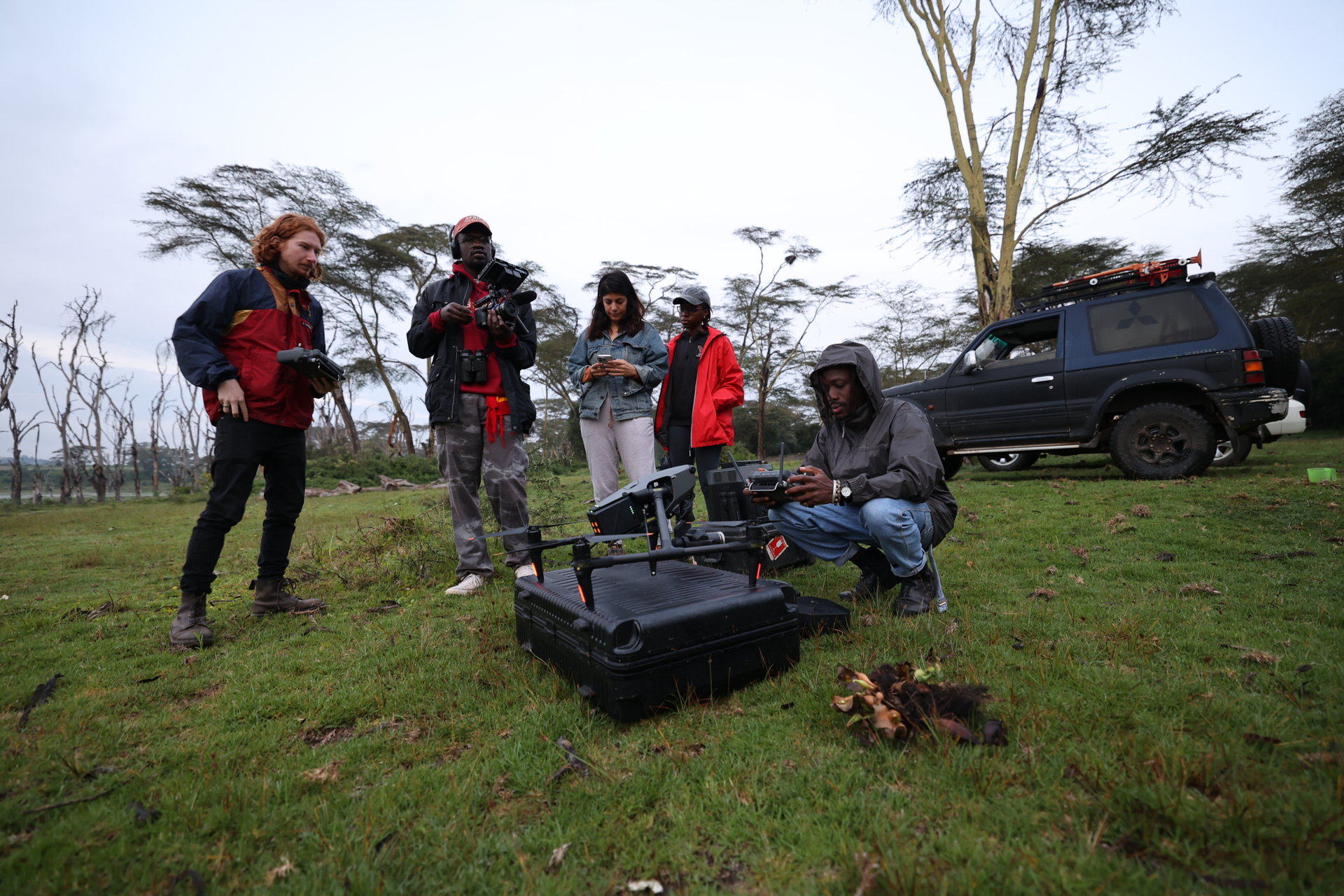House martins are some of the worlds most enduring birds, migrating from their wintering sites in Africa to their summer nesting ranges in the Palearctic (Europe, Asia north of the Himalayas) every year.
For centuries, these birds have co-existed with us, constructing intricate mud nests on the sides of homes but In 2021 they were red listed by both the RSPB (Royal Society for the Protection of Birds) and BirdLife.
However, the concern isn't limited to house martins. Birds that occupy similar ecological niches, such as the common swift, have also been red-listed. Even abundant species like barn swallows are experiencing regional declines. To many, the decline of these iconic birds serves as a dire warning, a canary in a coal mine of impending ecological breakdown.
The reasons behind these declines are not only worsening but are also inadequately studied.
In 2021, a team of ornithologists, filmmakers, and campaigners from Africa and Europe embarked on a mission to explore the decline of house martins. While most declines are evident in their Northern summer regions, much remains unknown about their behaviours when they migrate to Africa for the winter.
Kenyas Rift Valley offers most of the available data on these birds in Africa, which unfortunately also suggests declines.
This region has formed a significant part of the team's focus, as well as the Thames coastline, where the birds can be found in the summer. The Thames coastline, in Essex, serves as another focal point for the team as the martins nest sites seem to be rapidly declining here.
Both the Rift Valley and the Thames coast are critical to the martins' flyways; The UK represents the westernmost point of their summer migration, and Kenya marks the easternmost of their winter journey. These locations are ideal for studying potential shifts in their migratory patterns, which if the case, are most likely influenced by changing climate and weather conditions. In addition to these sites, the team has been gathering data from over 30 different countries. To gain further insights, they've also been studying birds that fill similar environmental niches and show similar declines, like barn swallows and common swifts.
The project, through the lens of bird migration, seeks to deepen our understanding of not only these birds but climate change, our relationship with the natural world, and how we embrace wildlife as human society develops.
Upon completion, our goal is for the film to serve as a tool for awareness and action, enlightening viewers about the Earth's changing global systems and the pressing issues they present.

We're reliant on a constant flow of donations to put time into this project.
DONATE